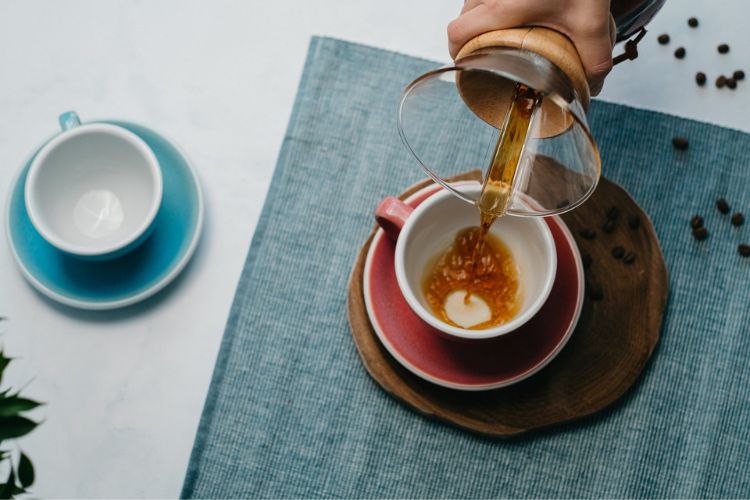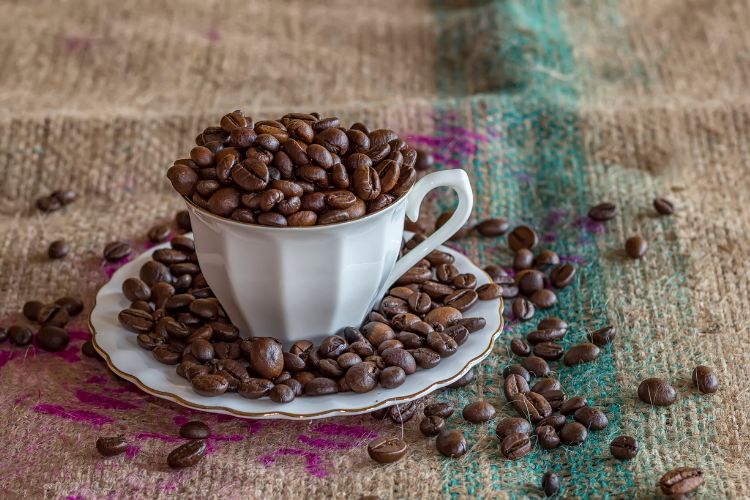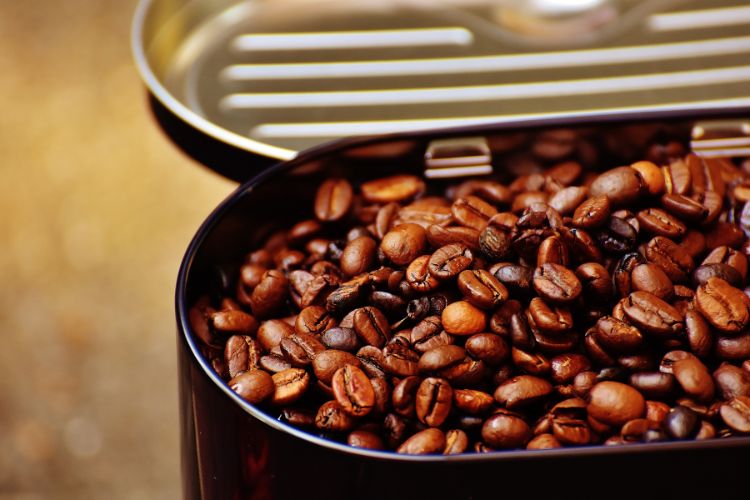
A Ways To Describe Coffee Flavor – You could suppose that when you think of a coffee flavour, it refers to a distinct and immediately recognizable characteristic.
However, the confluence of five different qualities that make up coffee’s flavour is complicated and complementing. Because of the features of coffee beans, the taste is less like a specific flavour and more like an experience.
What elements conduct coffee flavours
It could seem like coffee is a one-ingredient beverage. The nuanced and diverse flavours of coffee persist even if you don’t use creamers or sweets.
As a result, the final product greatly depends on the type and quality of your coffee beans as well as the quality of your water.
Coffee bean flavour can be changed and influenced by various factors, including the growing and roasting procedures.
After the coffee has been planted, harvested, roasted, ground into coffee, and made into your morning cup, adding sugar, milk, or creamer changes the flavour. The categories for analyzing and describing coffee flavour profiles remain constant.
Five elements included in coffee flavour
- Acidity
- Aroma
- Bitterness
- Body
- Aftertaste
Coffee acidity

Acidity is misunderstood. Contrary to popular belief, coffee acidity is a pleasant experience that most people who consume it are unaware of. It frequently carries a negative connotation.
The front of your mouth experiencing a pleasant sharpness is how acidity in coffee is defined. You may have numbness or dryness on the tip of your tongue, under the margins, or on the back of your palate.
Contrary to its name, coffee acidity has nothing to do with the pH or acidity of your coffee. No matter how acidic the coffee flavour is, the typical pH level of coffee stays constant between 4.8 and 5.
Regarding coffee flavour, the following terms are used to define coffee acidity:
- Crisp
- Tart
- Dry
- Sharp
- Vibrant
- Lively
- Sweet
- Dull
Coffee aroma

Coffee flavouring is a multi-sensory experience to taste and enjoy. Many people report that the mere aroma of coffee is enough to make them feel awake and energized.
Similarly, while coffee is brewing in our house or favourite coffee shop, the aroma alerts our brain to what is about to happen. In this way, the coffee’s scent is just as significant as its acidity and other flavours.
Currently, we are aware of approximately 800 aromatics in coffee, and new aromatics are continuously being found thanks to improvements in testing methods.
For instance, due to the way coffee beans are roasted, deeper roasts will smell less than lighter roasts even though they still have a potent aroma.
In a similar vein, freshly brewed coffee will smell stronger than coffee that has been sitting around. When you prepare a big pot of coffee, the scent will be most noticeable. The general aroma will fade when you reach the bottom of the pool and begin to consume.
Key definitions of coffee aroma
- Complex
- Smoky
- Nutty
- Herbal
- Fruity
- Floral
Coffee bitterness

Coffee bitterness, like coffee acidity, occasionally carries a bad rap.
Too much offence in the coffee flavour will make it taste bad, but the crime is a lovely method to complement and balance the coffee’s sweetness when used sparingly. Twenty-one sources have been connected to coffee bean bitterness.
The following are the principal origins of bitterness in coffee flavour:
- Caffeine
- Acids
- Proteins
- Alcohols
The main cause of the bitter flavour in light to medium roast coffee is chlorogenic acids. Dark roasting coffee beans cause the chlorogenic acids to disintegrate and turn into phenyl compounds.
The already bitter chlorogenic acids produce even more bitter phenyl compounds when the coffee beans are roasted over 425 degrees.
Although not every dark roasted coffee is excessively bitter, it can become so if it is roasted for an extended period. A skilled coffee roaster can produce a dark roast with a deliciously bitter coffee flavour.
However, when the bitter components of coffee are over-extracted, the sweet-sugar flavours and smell are overpowered. Many people mistake the harsh taste of overroasted coffee for the idea of coffee acidity.
Coffee body
The coffee’s texture is described as having a “coffee body.” The coffee’s weight, consistency, or viscosity on your tongue are also referred to as the coffee body. Similar to how food texture affects flavour, it impacts coffee flavour.

For instance, while many individuals adore sushi and coconut, many people find these two dishes to have an unpleasant texture or mouthfeel.
Definitions for the coffee body
- Thin
- Watery
- Syrupy
- Heavy
- Buttery
The coffee body relates to the sensation the coffee creates, whereas the coffee acidity and bitterness concentrate on the flavour sense of the coffee on the tongue.
Coffee’s acidity and aroma appeal to two different senses, but its body appeals to a third sense – touch.
Milk is a common example used to illustrate the idea of the coffee body. Low-fat milk has a considerably different texture than whole milk.
Coffee aftertaste
The taste and smell of coffee that remain on your tongue after you’ve taken a sip include the aftertaste. Every component of coffee flavour that you taste in a glass produces an aftertaste.
Your coffee flavour experience, from the acidity on the tip of your tongue to the aroma filling your kitchen, depends on them.

An expertly cultivated, picked, and roasted high-quality coffee bean will have a heavenly aftertaste. A perfect cup of coffee will leave a pleasant aftertaste that lingers.
As soon as you swallow, take a few calm breaths in and out to experience the aftertaste properly. This will give your body and mind a pause to concentrate solely on the sensations you are having.
From sip to swallow, the best tasting coffee
Personal preference will always determine the perfect cup of coffee. A high-quality coffee flavour, however, will have a harmonious combination of acidity, bitterness, sweetness, and mouthfeel, along with a heavenly scent.
A fantastic cup of coffee will always be centred on the coffee beans. It all comes down to a coffee roaster who can adequately bring out the best features in the coffee beans once the beans have been harvested.